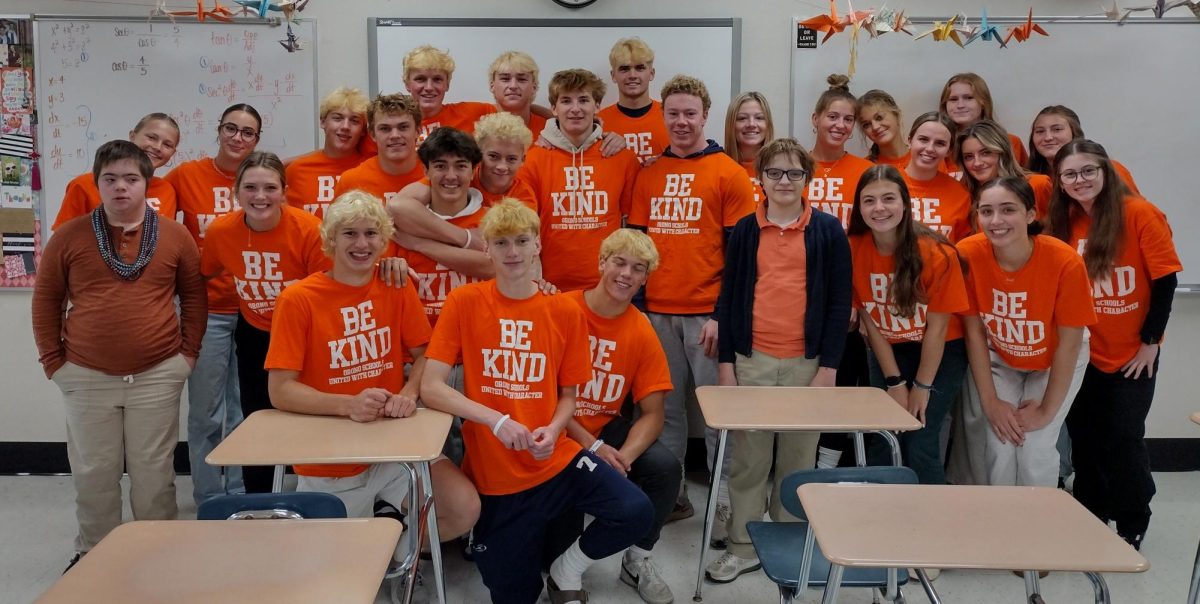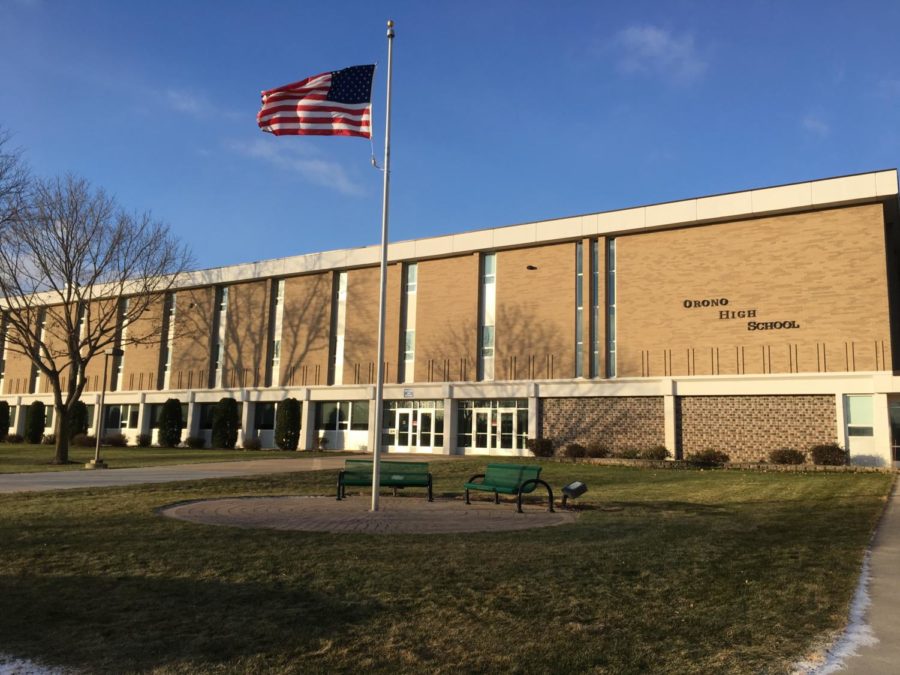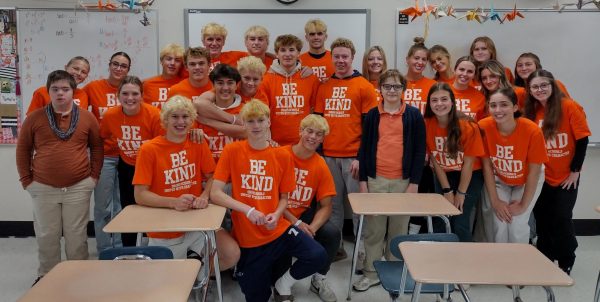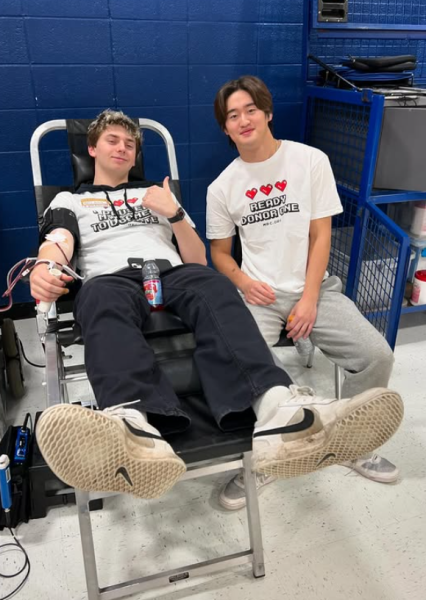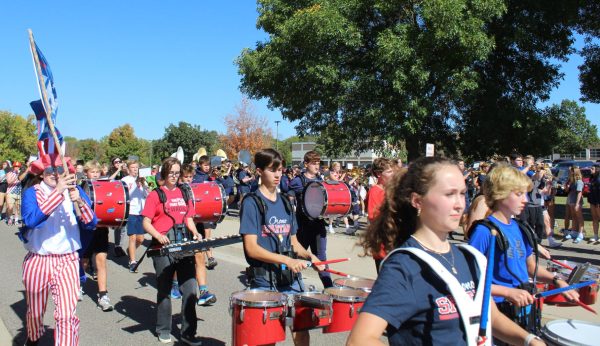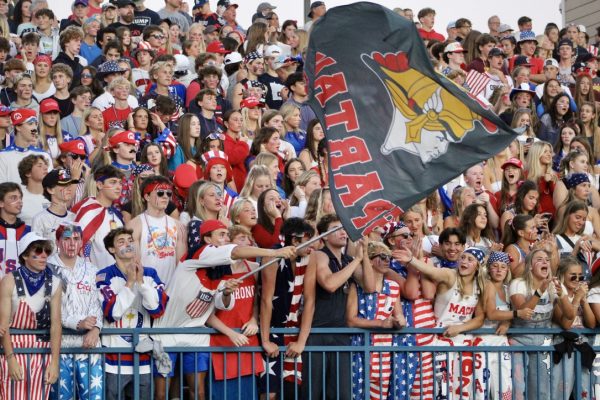The battle for diversity in schools intensifies
OHS received a C- ranking on Niche, for school diversity
The 1954. Brown v. Board of Education of Topeka unanimously stated that racial segregation was unconstitutional in public schools. This landmark in history may have legally changed the school diversity laws, but three years later, society was tested. In 1957, nine students attempted to attend Little Rock Central High School but were denied access to their education not only by their peers, but also by, their governor, Orval Faubus of Arkansas.
Since the 1950s, schools across the nation have come a long way, but they are not perfect. Hispanic and Asian enrollment has risen by more than five million since the 1990s, according to the New York Times project on immigration. On the other hand, highly diverse schools within many cities are struggling to keep their doors open and allow students to access the education they deserve.
Orono High School was rated an A+ in the school’s achievements in academics, teachers, college prep, health and safety, according to Niche. On the other hand, OHS received a C- for diversity within the school.
The diversity difference in schools between inner city schools and schools located in the suburbs tends to differ greatly, according to Act From Libraries. Other schools in the west metro are similar to Orono High School. Mound Westonka, Mounds View and Buffalo all received a C rating, while Rockford received a C+ and Wayzata received a B-. These West Metro schools contrast with many schools in Minneapolis with a Niche rating of A in diversity and an academic rating of a B.
Statistics from The Condition of Education show the number of caucasian students enrolled in public schools is expected to decrease between 2014 and 2026 from 24.9 million to 23.4 million. Although the case of Plessy v. Ferguson of 1896 was supposed to change the course of American equality, many people believed it failed. Miserably. Today, 122 years after the Supreme Court case was supposed to recognize equality, similar issues are still present.
“I wish I was surrounded by a more diverse crowd at Orono High School, which excites me to continue my education in college with a greater amount of diversity. I feel as I have missed out because I was not exposed to different cultures,” senior Nikki Praus said.
In the 1960s and 1970s, families rose above the poverty line to form a strong middle class. With the growing middle class, Americans were finally able to prosper and literally move to “greener pastures” away from the abundant issues that laid inside the city limits. Due to the fact that public schools are funded by their community, the schools located in the suburbs tend to generate more money to ensure their children’s education will prosper. This benefits the teachers along with the long term benefit for children. Those from inner cities generate far less money, therefore students are not given the same opportunities.
“Although Buffalo isn’t the most diverse school, I feel that my future is in good hands by attending the school due to the courses the school has to offer,” Buffalo senior Hannah Park said.
Studies like the Educational Psychology for Effective Teaching show that students perform better in a diverse setting. Enabling students to concentrate and push themselves further, when working alongside people of other backgrounds promotes creativity as well as better education, as those with differing viewpoints are able to collaborate to create solutions.
“I’m from a multicultural household, and that’s given me the benefit at looking at the world from different perspectives. School is the place to learn, so it’s weird to me that I learn more about perspective from the conversations we have at home,” junior Cari Spencer said.
In the last few decades, schools have been quietly resegregating, and statistics from this year showed that the number of high-poverty schools serving students of color more than doubled between 2001 and 2014. When students are eligible for free or price-reduced lunches, that is a key indicator of poverty. Of the schools tested by the Government Accountability Office’s analysis of data from the Department of Education, 75 to 100 percent of the students were African American or Hispanic.
“The variety of classes gives a lot of different opportunities to explore different intrests students may have, but lacking in diversity is definitely a downside,” junior Mitch Hirschberg said.

